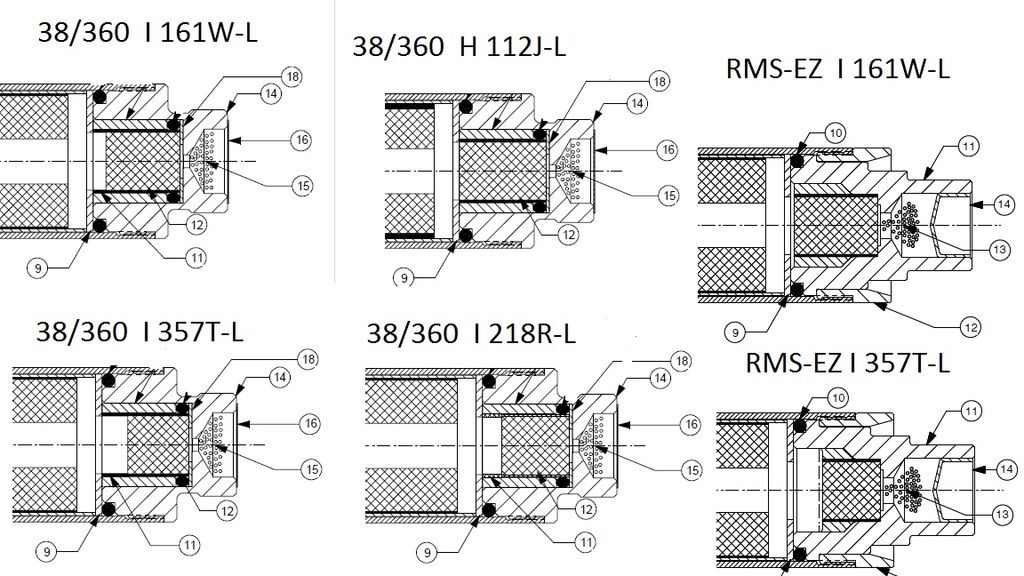blackwing94
Well-Known Member
- Joined
- Jan 5, 2016
- Messages
- 220
- Reaction score
- 192
Aerotech 14 second 38mm reload delay kits. They come in 7 different flavors. CRDK38-01 to CRDK38-07. Different delay kits for different propellent types.
(I'm looking at the list on Sirius Rocketry).
https://www.siriusrocketry.biz/ishop/aerotech-reload-delay-kits-rdk-71/crdk-kits-for-38mm-motors-186/
What's the difference between them? I mean, they're all 14 second delays, right? They all fit in the same 38mm forward closure. When is 14 seconds no longer 14 seconds.
I have a couple CRDK38-01 kits I bought for a White Lighting motor I had messed up the delay charge on. I want to fly a blackjack motor this weekend, but it came with a 10 second delay and I need 14 seconds. It looks like I need a CRDK38-03 14 second delay kit for blackjack motors.
Why do different propellent types need different 14 sec delays?
How would a white lightning 14 sec delay work on a black jack motor?
(I'm looking at the list on Sirius Rocketry).
https://www.siriusrocketry.biz/ishop/aerotech-reload-delay-kits-rdk-71/crdk-kits-for-38mm-motors-186/
What's the difference between them? I mean, they're all 14 second delays, right? They all fit in the same 38mm forward closure. When is 14 seconds no longer 14 seconds.
I have a couple CRDK38-01 kits I bought for a White Lighting motor I had messed up the delay charge on. I want to fly a blackjack motor this weekend, but it came with a 10 second delay and I need 14 seconds. It looks like I need a CRDK38-03 14 second delay kit for blackjack motors.
Why do different propellent types need different 14 sec delays?
How would a white lightning 14 sec delay work on a black jack motor?





